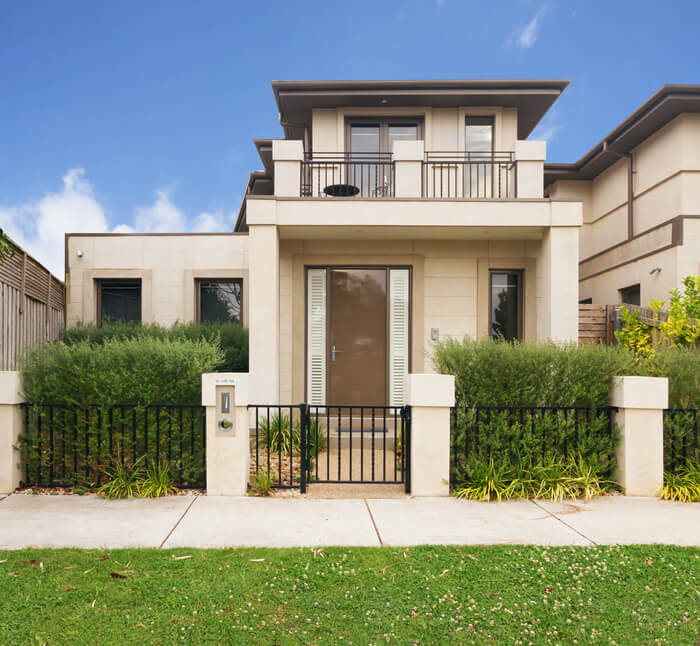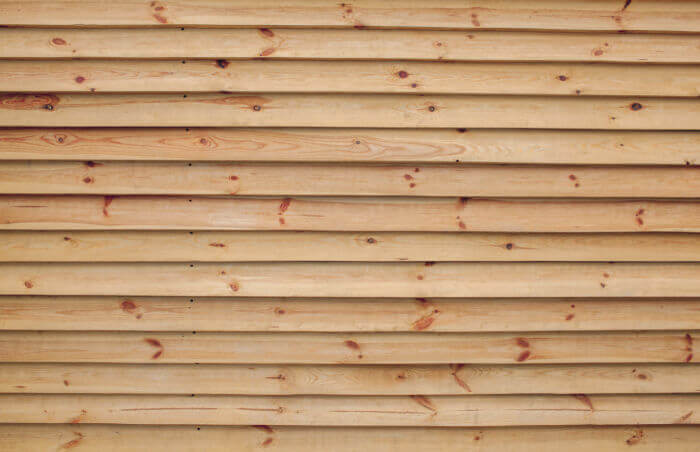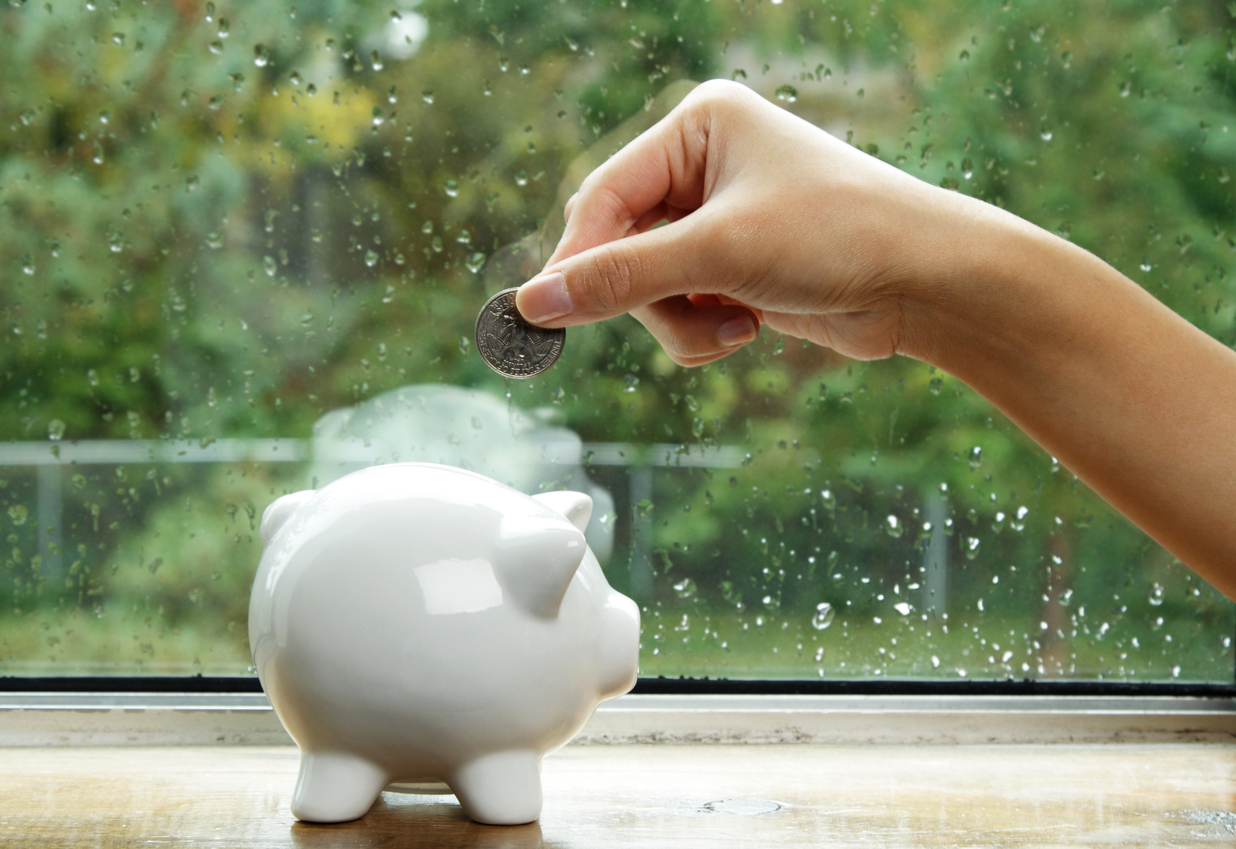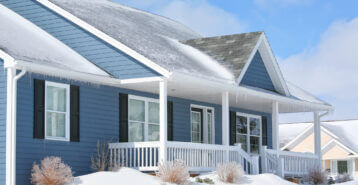Are you doing a siding project?
Modernize can pair you with three to four pros in your area, so you can compare options and save time and money.
A home’s siding enhances aesthetics, preserves the property, and offers long-term savings. Replacing siding delivers a high return on investment by improving curb appeal and lowering energy bills. Costs can range from $4,000 to $14,000, according to Modernize’s Siding Cost Calculator. Though labor-intensive and costly, there are ways to save. Careful planning can help balance costs and maximize benefits.

How to Leverage Short-Term Savings
When considering any major home improvement project, it’s important to weigh your options.
As noted by Modernize, the best practice is to compare three to four contractor’s quotes to find the best price. There are also ways to negotiate with your contractor and drive down the price, such as doing prep work yourself.
Ahead of installing new siding, there is preparation that has to happen which can contribute to your short-term savings, including tying trees back, clearing items out of the way, and making sure your driveway is ready for a dumpster delivery. Some contractors may offer to assist with preparation either for a price or as part of the final quote. But consider doing the work yourself. Then, that move can be used as leverage when negotiating the final price with your contractor. Modernize has a list of preparation work you can take into consideration.
Additionally, completing your siding project during the off-season when contractors are offering discounts can also add to your project’s short-term savings potential.
How to Leverage Long-Term Savings
The siding you choose not only enhances your home’s appearance but also plays a key role in its longevity, energy efficiency, and protection from the elements. All of these factors contribute to long-term savings.
Choose Materials Wisely
Advancements in siding materials like vinyl and veneer allow homeowners to achieve an expensive look without the high cost. These options mimic materials like stone, cedar, and brick, giving your home a luxurious aesthetic.
Find the Right Contractor for Your Siding Project
Whether you’re ready to begin your project now or need some expert advice, our network of contractors are here to help. With a few simple questions, we’ll find the best local professionals for you
Today’s siding materials range widely in price, from around $3 to over $30 per square foot. This makes choosing the right material crucial for staying within budget.
- Vinyl Siding: Affordable and durable, vinyl siding costs between $4.60 and $6.30 per square foot. It can be applied over most surfaces, saving on preparation costs. Vinyl is also low maintenance, requiring only occasional cleaning to prevent mold and dirt buildup.
- Veneer Siding: This material mimics natural stone and is priced at $5 to $10 less per square foot than real stone. However, faux stone is less durable and more prone to damage.
- Brick Siding: Though costly upfront ($6 to $15 per square foot), brick offers long-term savings with durability, energy efficiency, and potential reductions in homeowner’s insurance. Brick siding also helps maintain cooler indoor temperatures during hot weather.
Understand Upfront and Long-Term Costs
If you’re installing new siding or upgrading, it’s vital to understand the material’s upfront costs, installation process, and maintenance requirements. Discuss these factors with your contractor to make an informed decision.
Improve Energy Efficiency
Siding materials can boost your home’s energy efficiency, leading to long-term savings on utility bills. Insulated siding, while more expensive initially, can reduce energy expenses over time and improve your home’s LEED certification score. Vinyl siding, especially the insulated variety, is a top choice for energy-conscious homeowners.
Boost Curb Appeal and ROI
New siding doesn’t just save money — it can also increase your home’s resale value. Research shows that new siding installations yield returns of $10,000 to $15,000, with a value recovery rate of 60 to 80 percent.
The Bottom Line
When considering a siding project there are steps you can take immediately to determine what you — and your home — will get out of it. Siding remains one of the home renovation projects that could be significantly low-cost while yielding big rewards like a new look and energy efficiency.
Find the Right Contractor for Your Siding Project
Whether you’re ready to begin your project now or need some expert advice, our network of contractors are here to help. With a few simple questions, we’ll find the best local professionals for you
Reviews from Real Homeowners
Welcome to Homeowner Resources! We are the Modernize blog. Modernize pairs more than 3 million homeowners a year with pre-vetted contractors in their area. This blog started because we believe homeowners should know everything about their homes, from how their HVAC works to which front door colors they might love. On Homeowner Resources, you can find information on every part of your home, right down to how you can negotiate with contractors to get the best price. Here's more about the blog.
Need a contractor? Learn more about how Modernize finds the right pro for you.




